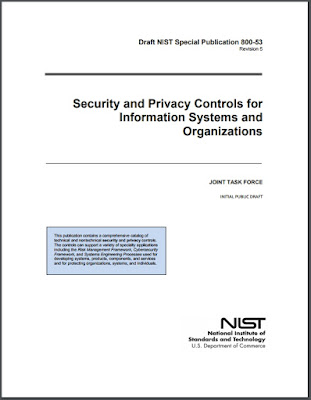Strengthening Information Security’s social network

Some security awareness programs simply broadcast messages at the organization. Messages flow from the Information Security function to the audience - specifically an audience dubbed "end users" in many cases, a disparaging term implying low-level staff who use computers (neglecting all others). A more effective approach, however, is to emphasize social networking and socialization of security as a primary driver of cultural change, with bidirectional communications increasing the chances that the awareness program reflects and responds to the business. Establishing a strong social network of friends and supporters of information security throughout the organization takes commitment and sustained effort on the part of the entire Information Security function. The payback over the medium to long-term, however, makes it an approach well worth considering. An actively engaged and supportive social network will keep the awareness program, and in fact the information securit...














